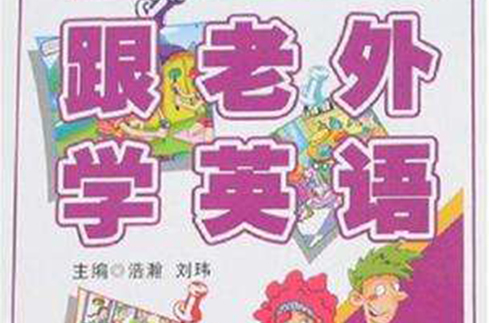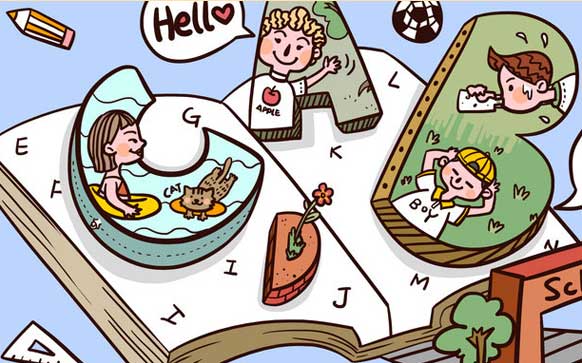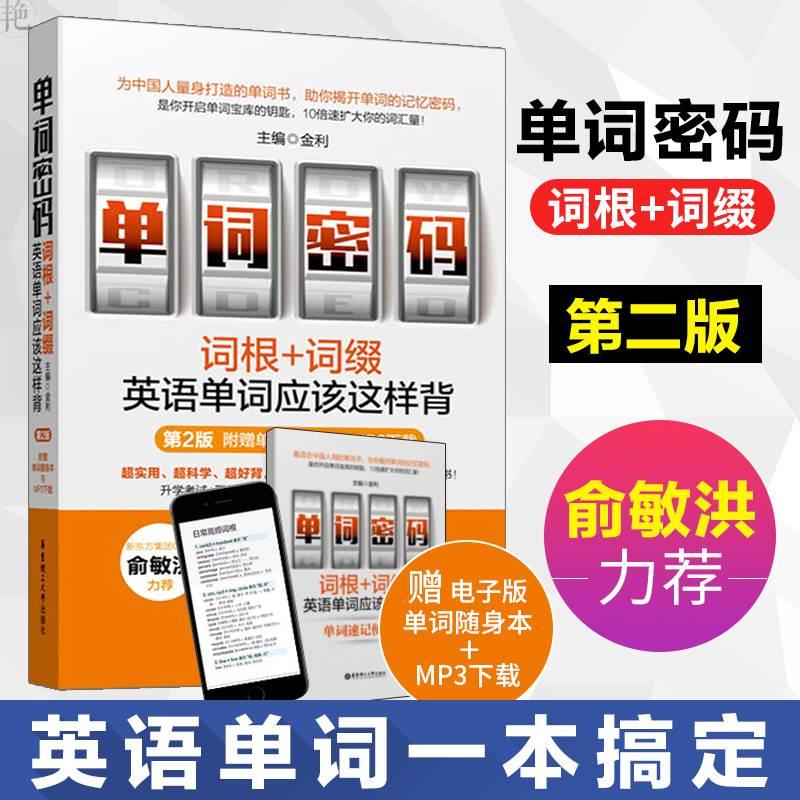A 60-word composition about an object is a short but effective way to describe and showcase the characteristics, functions, and significance of a particular item. It requires concise language, vivid descriptions, and a clear structure to convey the main points within the limited word count. Let's take a look at how such a composition can be crafted.

I. Outline of the Composition
1.Introduction: Briefly introduce the object and its general category or purpose.
2.Description: Describe the appearance, features, and details of the object.
3.Function: Explain what the object is used for and how it is beneficial or important.
4.Conclusion: Summarize the key points and express the writer's overall impression or opinion about the object.
I
I. Detailed Explanations
1.Introduction:
In the introduction, we can start by giving a general idea of what kind of object it is. For example, if we are describing a pen, we could say, "This is a beautiful pen that I use every day." We can also mention where we usually see or use this object. For instance, "Pens like this are commonly found in offices and classrooms." This helps to set the context for the reader and give them a basic understanding of the object.
2.Description:
When describing the appearance of the object, we can talk about its size, shape, color, and material. For example, "The pen is slender and long, with a shiny silver body and a black tip. It feels smooth to touch because it is made of high-quality metal." We can also describe any unique features or patterns on the object. If there are some engravings on the pen, we could say, "There are some elegant engravings on the body, which make it look even more sophisticated." Using descriptive words and phrases can make our writing more vivid and interesting.
3.Function:
Next, we need to explain the function of the object. In the case of the pen, we would say something like, "This pen is mainly used for writing. It writes smoothly and clearly, making it a great tool for taking notes, signing documents, and writing letters." We can also mention any other related functions or uses. For example, "It can also be used as a decorative item when placed in a pen holder." This part helps the reader understand why the object is important and how it is used in daily life.
4.Conclusion:
Finally, in the conclusion, we summarize the main points about the object and express our personal opinion or impression. For example, "Overall, this pen is not only practical but also aesthetically pleasing. It has become one of my favorite writing tools due to its excellent quality and design." We can also add a little suggestion or recommendation if appropriate. For instance, "I highly recommend this pen to anyone who enjoys writing and wants a reliable and stylish writing instrument." This concludes the composition and leaves a lasting impression on the reader.
II
I. Example of a 60-Word Composition about a Book
Books are amazing objects that hold endless knowledge and stories. This book has a hardcover with a simple yet elegant design. Its pages are smooth and white, making reading a pleasant experience. The book covers various topics, from history to literature. Reading it broadens my horizons and enriches my mind. It is like a treasure trove, always offering me new insights and ideas. Every time I open it, I feel like I am entering a new world. Books truly are valuable companions in life.

To sum up, writing a 60-word composition about an object is a challenging but rewarding task. By following a clear outline and using descriptive language, we can effectively convey the essence of the object to the reader. Whether it's a pen, a book, or any other item, we can bring out its unique qualities and significance through our writing. So next time you pick up an object, try to describe it in a few words and see how you can capture its charm in just 60 words.
推荐阅读》
 家长点评网
家长点评网











